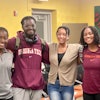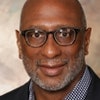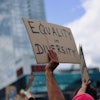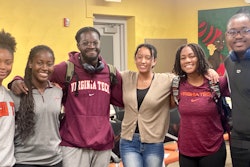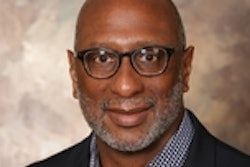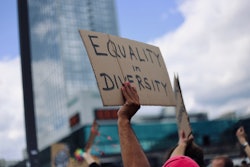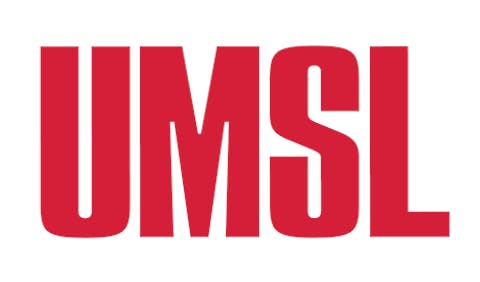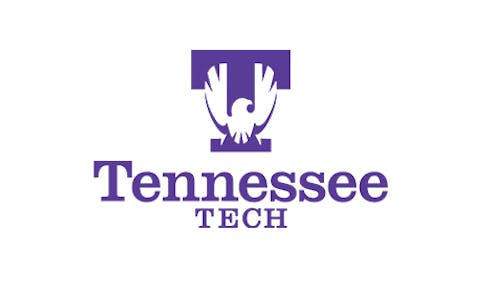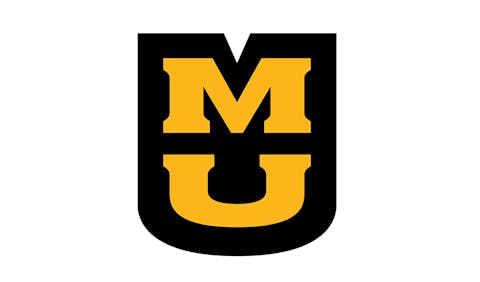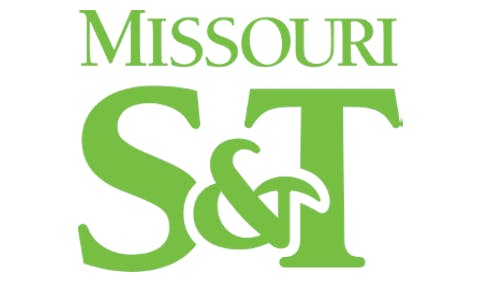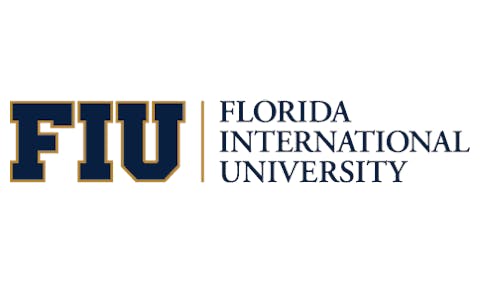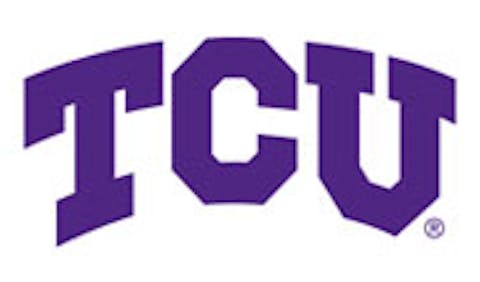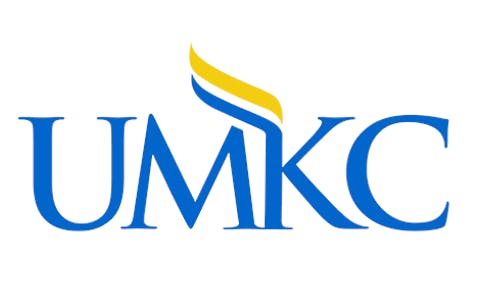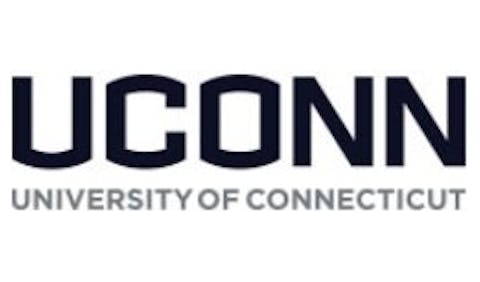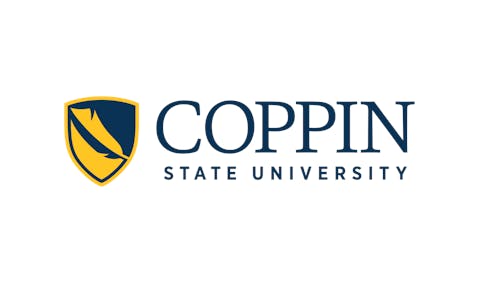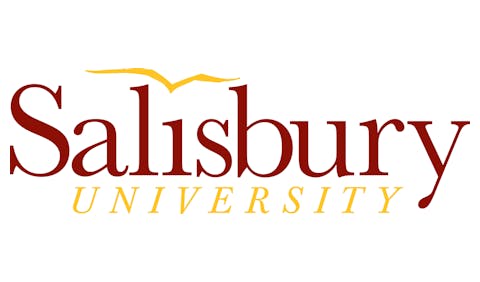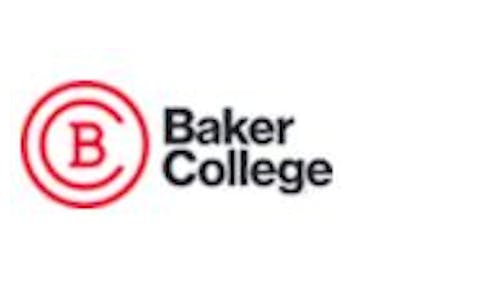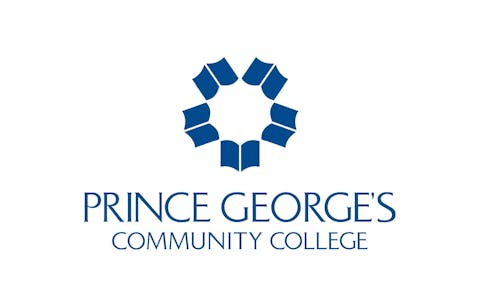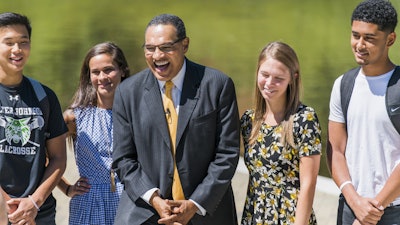 Dr. Freeman A. Hrabowski III
Dr. Freeman A. Hrabowski III
“When I walk around the UMBC campus, it feels like the Plaza of Nations at the [United Nations],” says Hrabowski, whose grandfather was named Freeman because he was not born in bondage, of the diversity on campus. “What’s so different for me is that as a child growing up in Birmingham, I couldn’t have imagined a world like this. The world was all Black — wonderful people, but all Black. I never thought I’d see people from all of humankind studying, laughing, working together.”
“You come on this campus, I promise you, you will feel elevated. You’ll feel the magic. There’s something magical about UMBC. That’s why I’ve stayed for 35 years,” he says.
Still, it was his foundation in that community in Birmingham that made Hrabowski into the man he is. All around him was “a lot of people who cared about other people,” he says, beginning with his “parents, who were always helping others — especially in education.” Whether it was helping men who were working at the steel mill study for their GED, or helping neighbors’ children go to college, the message young Hrabowski heard in church every Sunday around the true measure of a Christian as being in service to others was actively modeled by his parents.
When he arrived on campus at Hampton Institute (now University), he found the same culture of love and service. “We Hamptonians love each other,” says Hrabowski, who met his wife, Jacqueline, on the first day of class at Hampton.
“I challenge every university to have the kind of love that we have at Hampton," he continues. "And I will tell you we have that at UMBC.”
Hrabowski says that message of love has been central to his personal and professional philosophy for over 50 years. “We say that UMBC is the house that love built — it is about how we support our students, and how we give to each other, and how we solve the problems of the larger community” together, he says.

